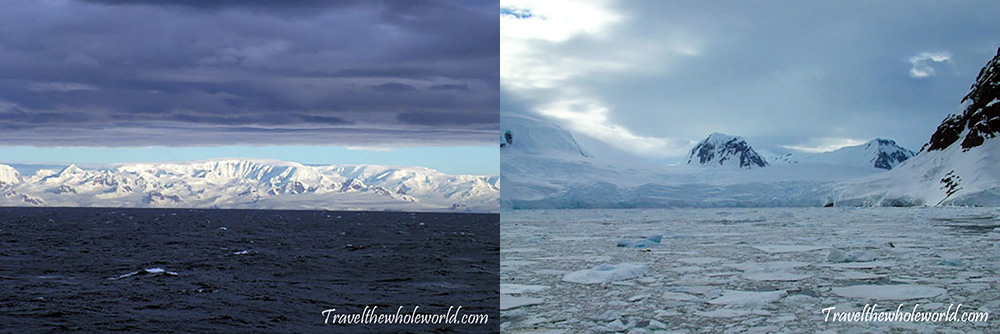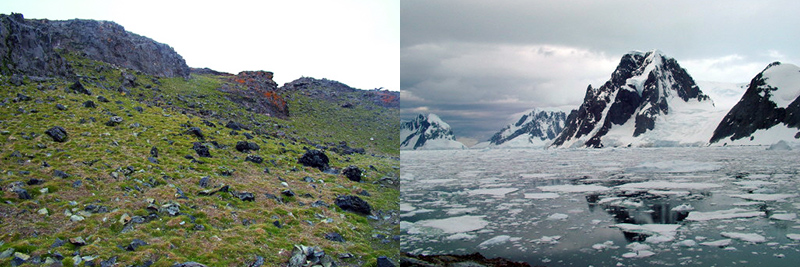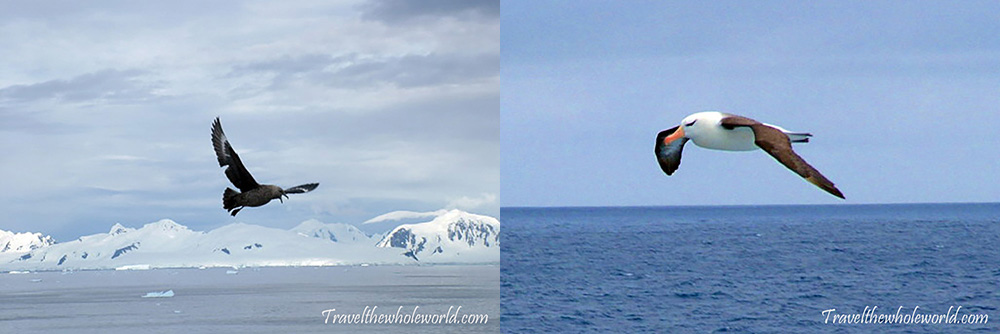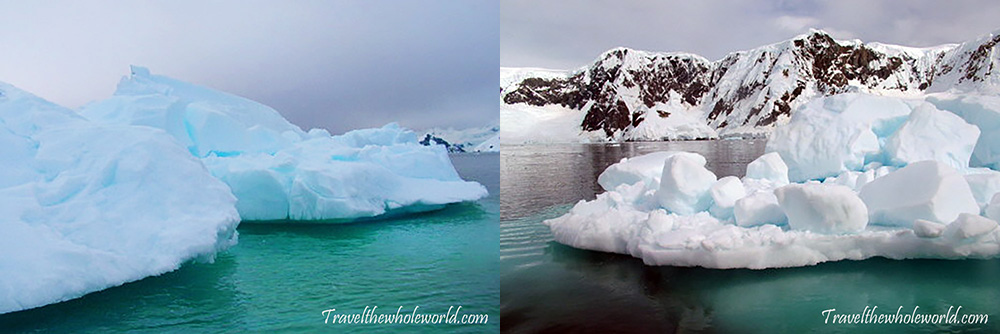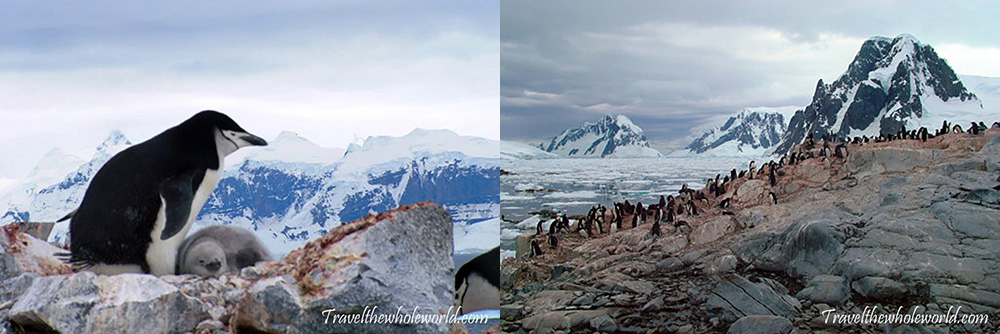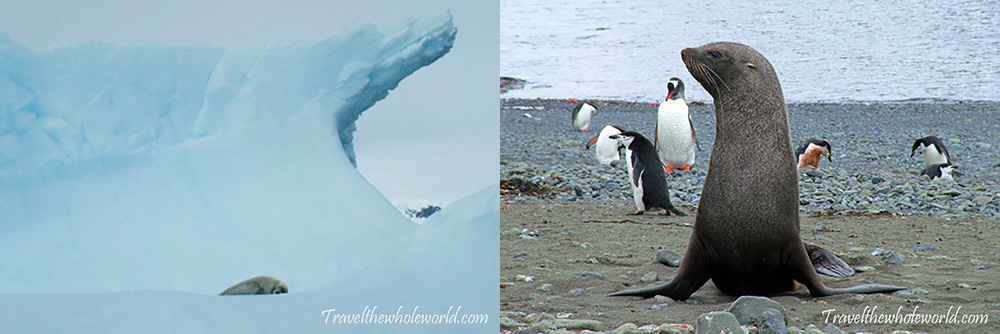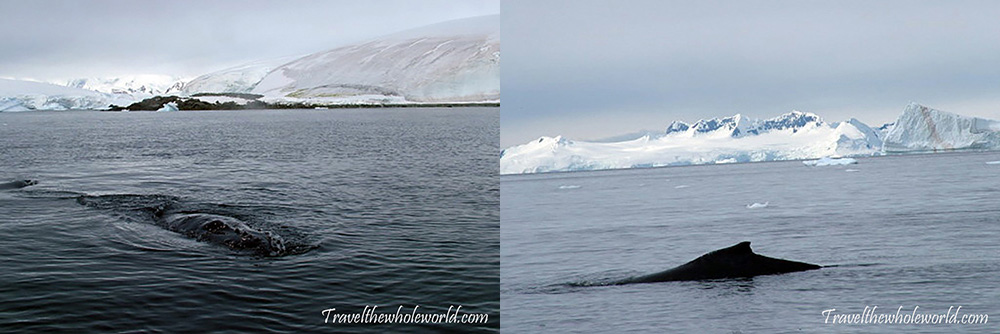Traveling in Antartica
Also known as the white continent, Antarctica is the only continent that does not have any indigenous people, trees, or even its own land based wildlife. Also a land of extremes, the record temperature of 128 below zero was recorded in Vostok Station which is cold enough to shatter steel! By average, Antarctica is the windiest, coldest, and driest the continent. As a matter of fact, it’s considered to be the largest desert in the world, as it gets even less precipitation than the Sahara!
Despite the harsh conditions of the continent, each Austral summer Antarctica is visited by penguins, seals, whales, and birds that use Antarctica as a breeding ground and then return to the sea or other parts of the world. Some mistakenly believe that polar bears live here, but with the exception of one species there actually are no bears in the southern hemisphere. While deep inland you’ll always find extreme temperatures year around, the coastal areas can be pretty reasonable during the Austral summer from October to February. These regions often see temperatures slightly above freezing, making this the only ideal time to visit for both travelers and wildlife.
The picture on the upper left was my first glimpse of Antarctica. This continent was only discovered in the 19th century. Imagine sailing in a ship and discovering a wall of ice and dark clouds and realizing you just found an entire continent. Sailing in Antarctica can be pretty dangerous because you have to go through the Drake Passage if you’re coming from South America. On the way back we sailed around Cape Horn, which is said to be one of the most dangerous places in the world for ships. We had some 40 foot waves outside, but it’s said that sometimes they can reach 80 feet. The rocking was so bad I wondered if getting out of bed would be too dangerous, but I tried it anyway. Afterwards I would lie in my bed which had seat belts and I’d get a feeling of being weightless, then I’d feel like someone was forcing my face into the bed as the ship rocked back and forth. Sailing around Cape Horn was definitely an experience. Once in Antarctica the ice in the water is probably the most dangerous threat to ships. In the top right picture, that bay was completely empty of ice an hour earlier. I had been on land when suddenly a huge building size piece of ice fell into the water. This created a huge wave and when it rose against the ice behind it, it had an almost neon blue appearance. The ice quickly broke up and as you can see in the upper right picture, it filled up the entire bay with sheet ice. The crew was worried our ship would get stuck but we were able to make it out with no problems.
